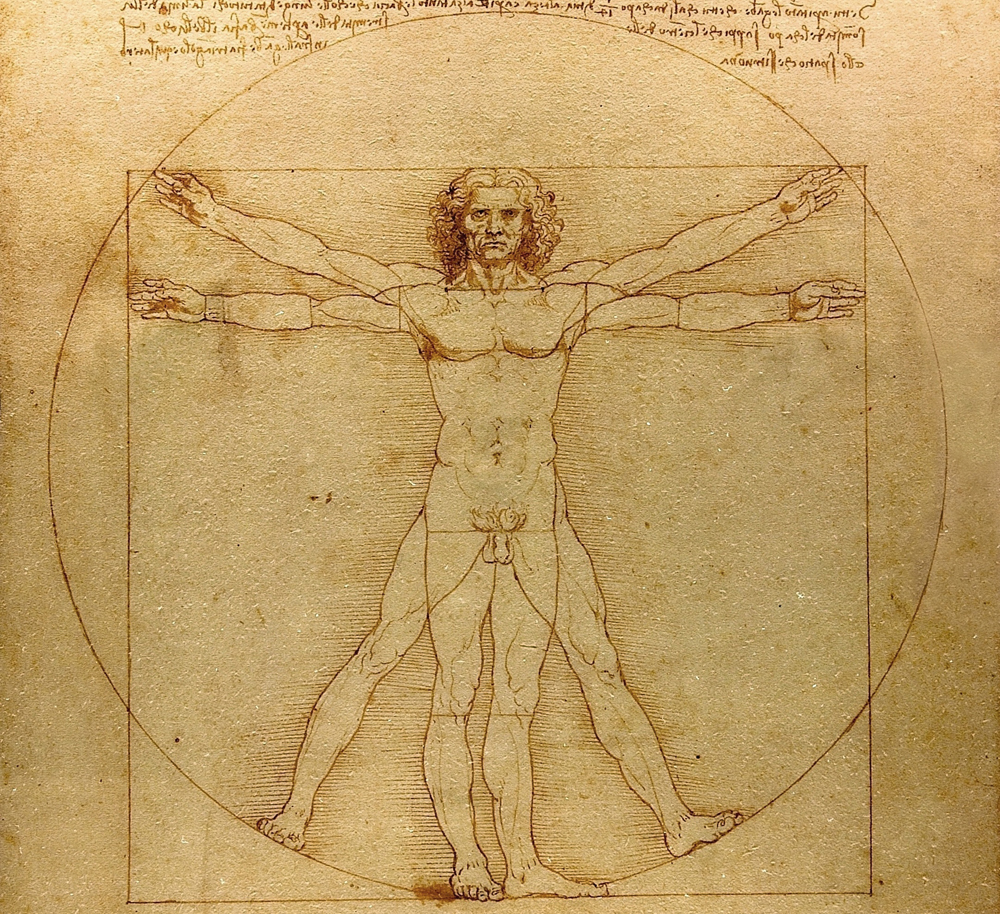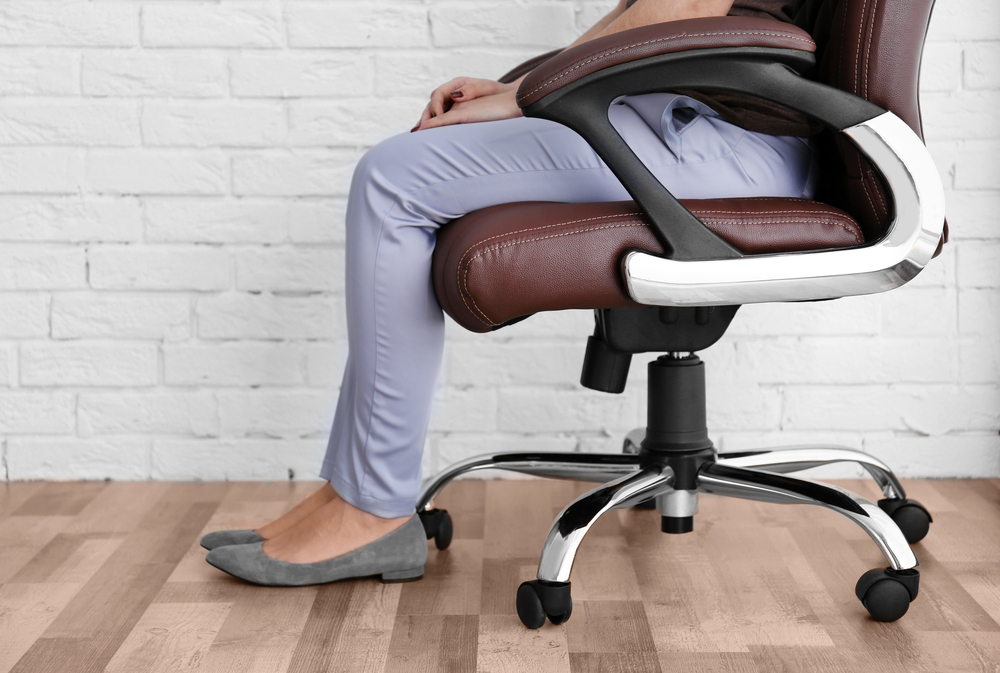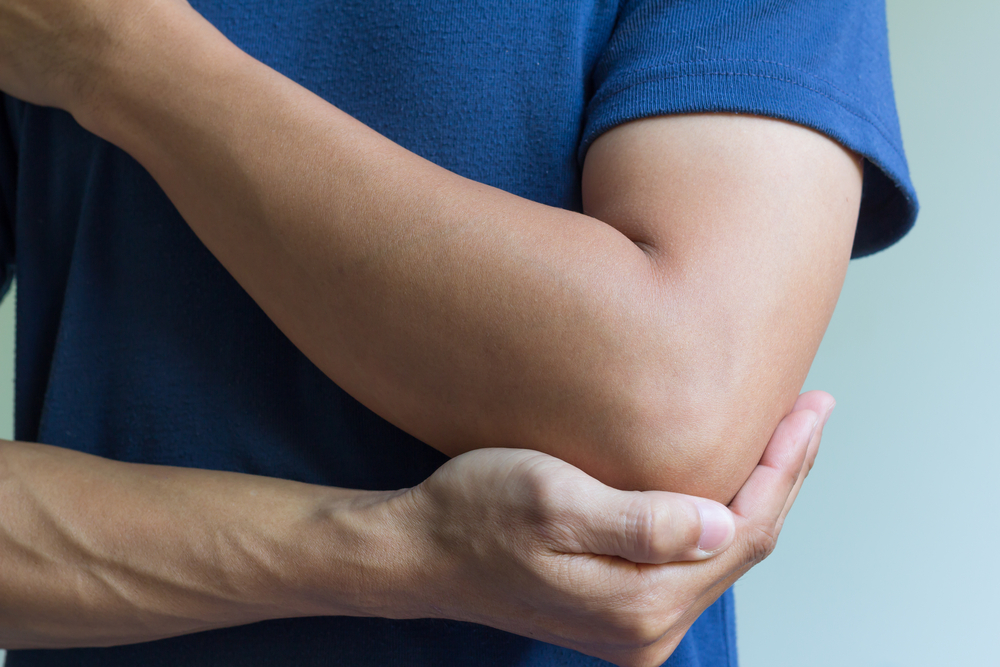6 Strange Things the Government Knows About Your Body
Strange Measurements

A recent report from the Centers for Disease Control and Prevention revealed that Americans are about 15 lbs. (7 kilograms) heavier than they were two decades ago but that Americans' average height hasn't changed much over that time.
But height and weight aren't the only data that the CDC's National Center for Health Statistics gathers about Americans. And some of the measurements the agency collects data on are far less standard than people's weight and height.
Here's a roundup of some weird measurements that the government has in its archives.
Popliteal height

The popliteal region of the body is the area behind a person's knee — that's where you'll find the popliteus muscle, which is used during walking, and the popliteal fossa, which is the shallow depression behind the knee.
Two national surveys conducted during the 1960s — one on adults and one on children ages 6 to 11 — included this statistic. But popliteal height measurements were abandoned after that decade.
Popliteal height is measured when a person is sitting down, with his or her feet flat on the floor and knees bent at a 90-degree angle. Researchers measured the height from the floor up to the underside of the thigh, just behind the knee.
One reason some researchers might want to measure popliteal height is to figure out how to best design furniture or equipment for people's comfort.
The 1960-1962 report found that the average popliteal height for men was 17.3 inches (43.9 centimeters), and the average for women was 15.6 inches (39.6 cm). The researchers noted that for men, other studies had similar findings. For example, in a study of Air Force flying personnel, the average popliteal height was 17 inches (43.2 cm), and in a study of white Army drivers, the average was 17.4 inches (44.2 cm).
Two other studies looked at popliteal height in both male and female railway travelers, but in these studies, the median height for men was 19 inches (48.3 cm), and the median height for women was 18.1 inches (46 cm). The increased heights found in these studies, compared with others, were due to differences in measuring technique and the travelers' shoes, the researchers noted. [5 Myths About Women's Bodies]
Elbow rest height

This measurement gives the impression that, in its 1960s surveys, the National Center for Health Statistics really cared about the comfort of travelers.
Elbow rest height is a measurement of how high above a seat a person's elbow is, when the arm is straight down — in other words, the perfect arm rest height.
To measure elbow rest height, "the examinee sat erect, shoulders relaxed, both elbows at right angles, fingers straight," according to the report. The measurement was taken "from the sitting surface to the lowest bony portion of the elbow, using light contact only," the researchers wrote.
The average elbow rest height for men in the 1960-1962 survey was 9.5 inches (24.1 cm); for women, the average was 9 inches (22.9 cm).
Biacromial breadth

Biacromial breadth is a more complicated way of saying shoulder width, measured between the outermost bony points on the top of each shoulder. (Each one is called the acromion.)
The measurement pops up twice in the past six decades of government reports: once in the 1960-1962 report, and again in the 1988-1994 report.
In the earlier report, the average shoulder breadth for men was 15.6 inches (39.6 cm), and the average for women was 13.9 inches (35.3 cm). Three decades later, the average shoulder breadth was 16.1 inches (40.9 cm) for men and 14.2 inches (36.1 cm) for women.
In the later report, the researchers noted that biacromial breadth is a good indicator of frame size.
The 1960-1962 report, however, offered more colorful interpretations that could be made based on the measurement: "Several indices involving biacromial diameter [breadth] have been used to study personality, delinquency, and occupational choice and performance," the researchers wrote.
Elbow breadth

If you've ever wondered, 'Did Americans' elbows get any wider between 1971 and 1994?' you're in luck: The government has data on that.
Three reports — the 1971-1974 survey, the 1976-1980 survey and the 1988-1994 survey — included elbow breadth measurements.
According to the most recent of these reports, elbow breadth provides information on a person's skeletal mass and frame size. In the 1971-1974 report, the researchers noted that the elbow measurement is "unaffected by degree of adiposity [body fat] and [is] closely representative of bony dimensions." In other words, fat doesn't get in the way when measuring a person's elbow.
To make this measurement, the researchers asked each examinee to stand with his or her right arm extended perpendicular to the body, and then to bend the arm up, forming a 90-degree angle at the elbow. The person's fingers would point upward, and the back of his or her fingers would face the examiner. The elbow breadth was measured using calibers at the widest point, according to the 1988-1994 report.
And yes, Americans' elbows did get slightly wider over time. In the 1971-1974 report, men had an average elbow breadth of 2.8 inches (7.2 cm); two decades later, men had added 0.1 inch (2.5 cm), with an average elbow breadth of 2.9 inches (7.4 cm). Women's average elbow breadth also increased by 0.1 inch from the 1971-1974 report to the 1988-1994 report: In the earlier report, the average elbow breadth was 2.5 inches (6.3 cm) for women, and in the later report, it was 2.6 inches (6.5 cm). [The 7 Biggest Mysteries of the Human Body]
Maximal calf circumference

Measuring a person's maximal calf circumference came into fashion around the start of the new millennium: The measurement was included in the 1999-2002 report and the 2003-2006 report.
Calf sizes increased just slightly from the first report to the second, the researchers found.
In the 1999-2002 report, the average maximal calf circumference for men was 15.4 inches (39.1 cm); in the next report, the average was 15.6 inches (39.5 cm). For women, the change was even smaller: Calf circumference increased from 15 inches (38.1 cm) in the 1999-2002 report to 15.1 inches (38.3 cm) in the 2003-2006 report.
The researchers measured maximal calf circumference when the examinee was seated with his or her feet flat on the floor, at the widest point of the calf.
Midarm circumference

While many of the measurements that researchers have looked at through the years have fallen by the wayside, it may be surprising to learn that the CDC's commitment to measuring mid-arm circumference has been steadfast.
Indeed, the CDC included mid-arm circumference measurements in each of the 10 reports that have been released between 1960 and 2014.
So, how do Americans' arms measure up?
In the 1960-1962 report, men had an average mid-arm circumference of 12.1 inches (30.7 cm); for women, the average measurement was 11.2 inches (28.4 cm).
Fast-forward five decades: In the 2011-2014 report, men's average mid-arm circumference was 13.5 inches (34.4 cm), and women's was 12.7 inches (32.2 cm).
The researchers determined mid-arm circumference by first measuring the length of the upper arm, and then measuring the circumference at the midpoint. The measurements were typically done on the right arm.
Mid-arm circumference is an important measurement in the design of blood pressure cuffs.
Originally published on Live Science.
Sign up for the Live Science daily newsletter now
Get the world’s most fascinating discoveries delivered straight to your inbox.












